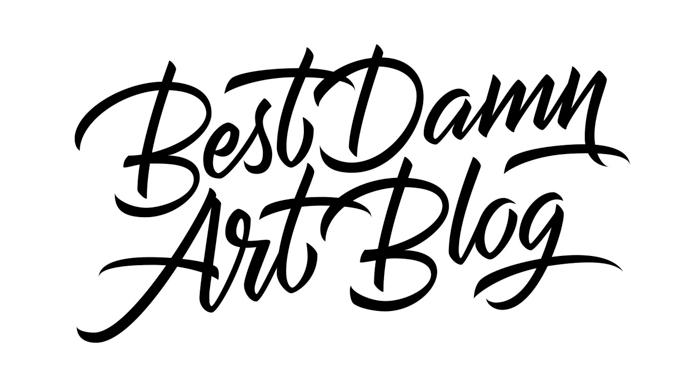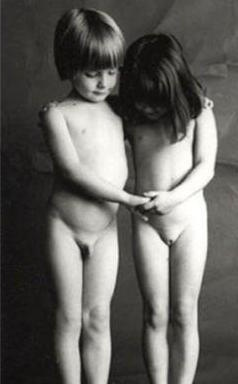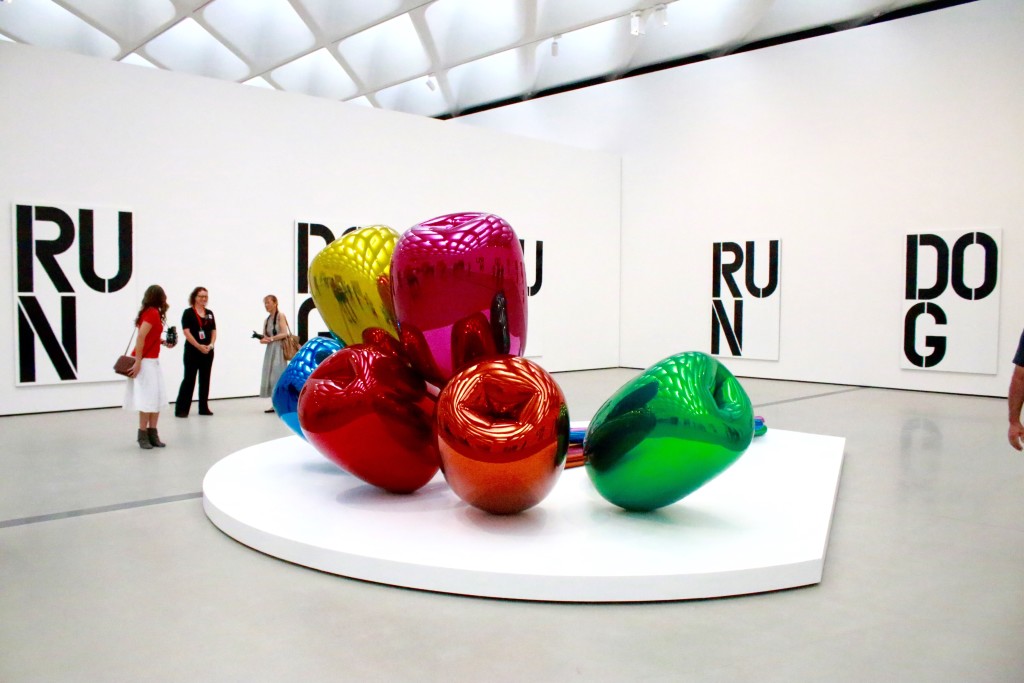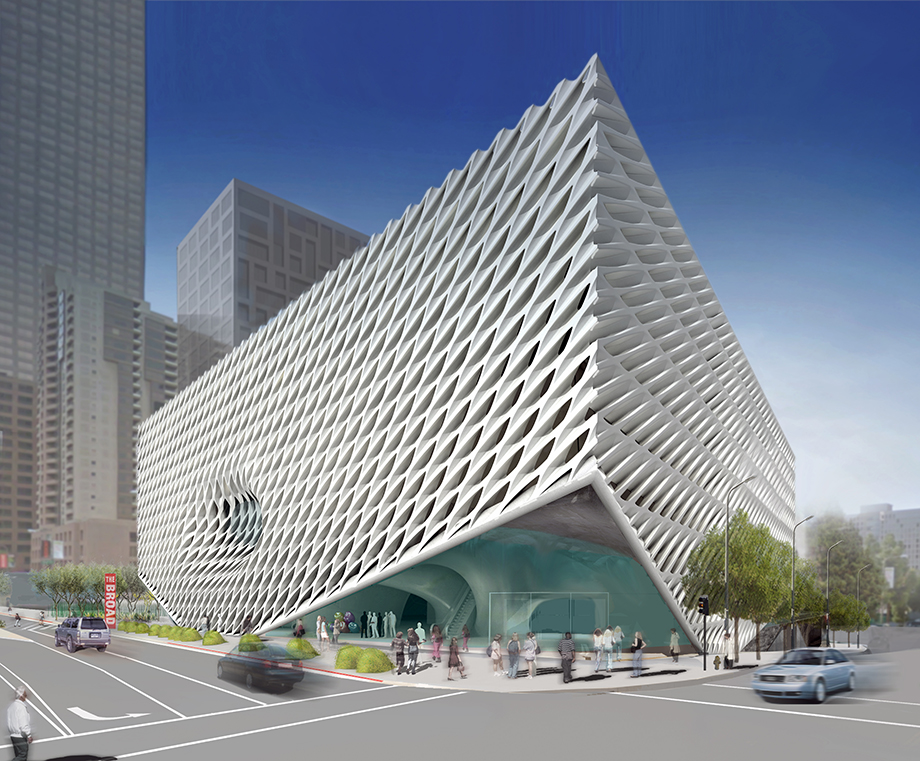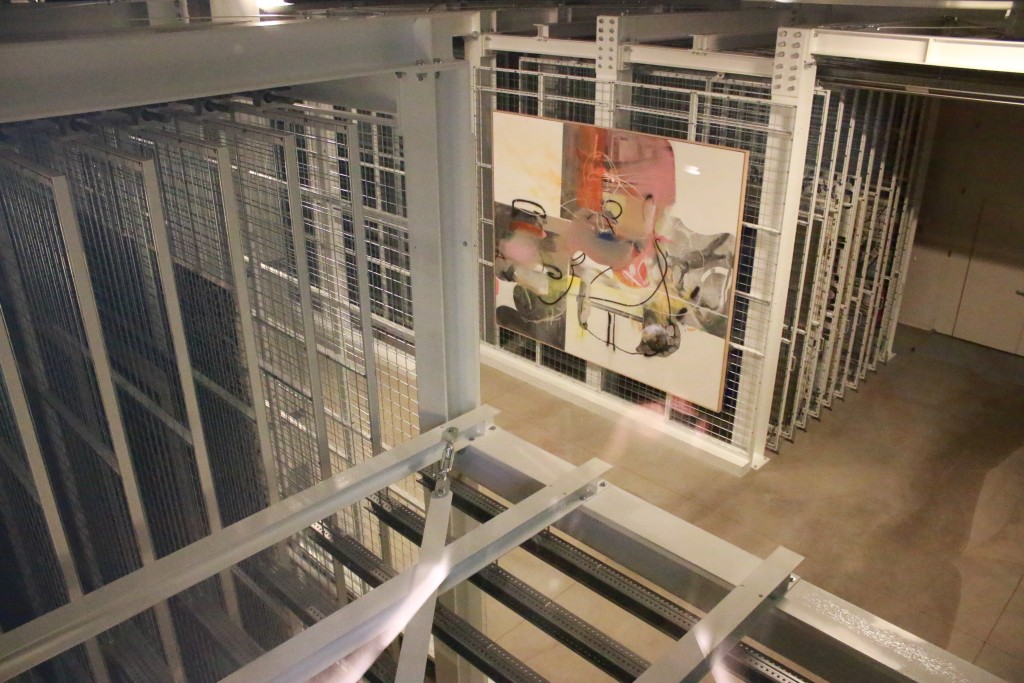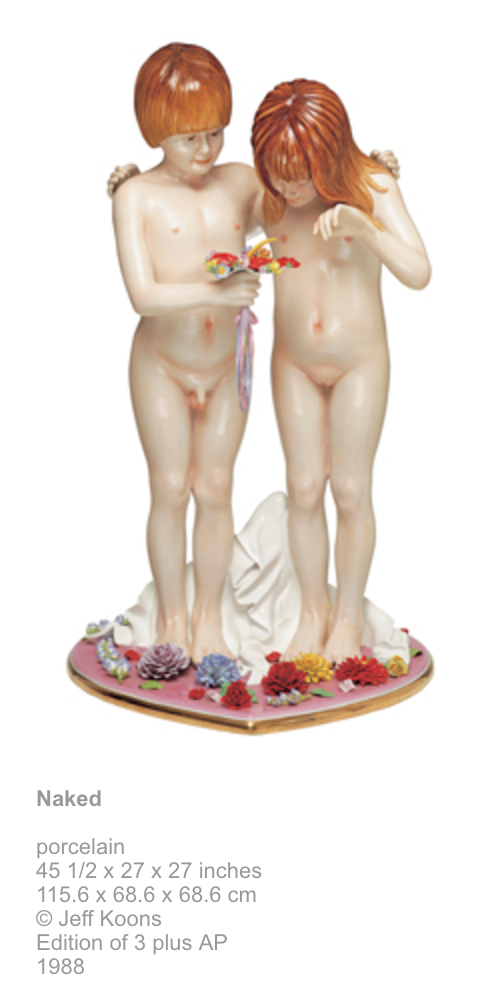
A French court has ruled that Jeff Koons’ edition of sculptures titled Naked (1988) is a plagiarism of a black & white photograph by the late Jean-Francois Bauret. Jeff Koons LLC and Centre Pompidou, the institution that hosted the artist’s retrospective that featured the scultpure, have been ordered to pay €20,000 to the estate of the photographer, another €20,000 for their legal cost, and another €4,000 in fines, totaling around $46,500. Considering that Koons’ works regularly sell for $millions at auction and that this isn’t his first plagiarism conviction, this is not really news worthy of the press that it’s been getting this week.
However, court rulings like this do muddy where the fine line in creativity lie. Being that this sculpture is in a completely different medium with novel elements like color and flower arrangement, I would have ventured a guess to say this is technically an original work by Koons. Then again, I’m no expert. According to the ruling, these changes “do not prevent one from recognizing and identifying the models and the pose”, and so it is a plagiarism.
It’s not uncommon for artists to use others’ photographs as reference for paintings or original work and leave recognizable remnants of the original photo in the final work, so when is it ok and when is it not ok? This lawsuit just seems like a quick cash-grab by Bauret’s widow, and in the process the court meddled in defining what’s considered a creative effort. Although Koons’ Naked may look similar in appearance to the Bauret photograph, it clearly does not evoke the same feeling from its viewers as the photograph does. Isn’t that novel in itself?
Here is the Bauret photograph. What do you think?
